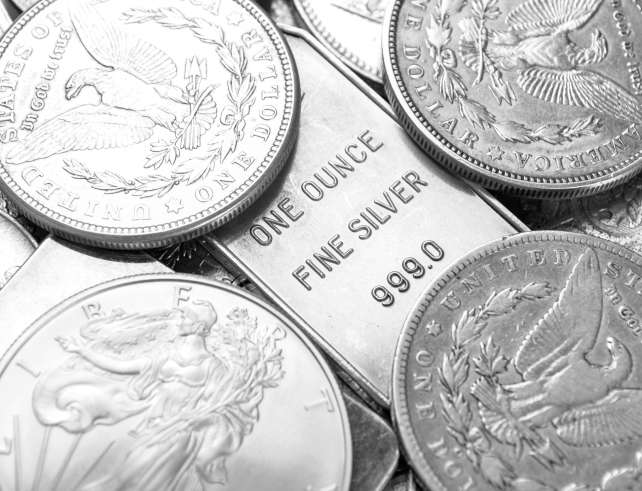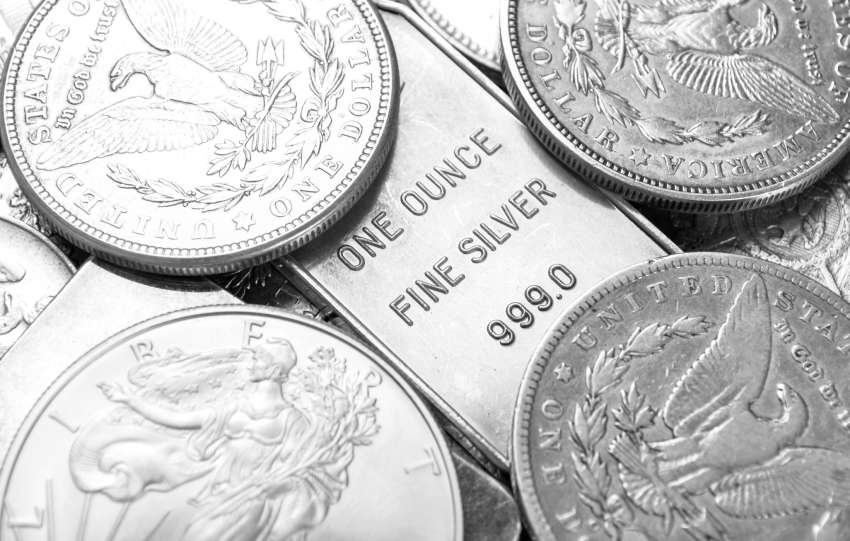When purchasing precious metals, it’s important to know as much as possible about your investment. Of course, not all information will be pertinent from an investor’s point of view. That doesn’t mean it’s not fun to know, though, and that’s where the history of silver comes in.
You can learn plenty about investing in the white metal by looking at its history. Past performance, fluctuations in demand and major catalysts can all provide important insight. In this guide, however, we’ll go over the more interesting aspects that may not affect performance.
The history of silver is an amazing one, and it’s indicative of a stellar future yet to come.
1. Humans Have Used Silver a Long Time
While large-scale mining of the metal would take a bit longer, humans have used silver since at least 4000 B.C. This is the period that produced the oldest silver artifacts currently on record. We found these items in Ancient Sumer. Experts believe use of the metal, however, goes back much further.
Research shows that silver has been in use since prehistoric times. It was one of the first five metals ever discovered by humans. Our ancestors created the earliest silver items from alloys that contained lead. The history of silver is long, but it’s intrinsically linked to humans.
2. The History of Silver Once Eclipsed Gold
When we look at the price of gold, it’s easy to envision the metal always being supreme. Even when the spot price of silver sees massive gains, it simply doesn’t come close to the yellow metal’s value. If you look back in history, though, this hasn’t always been the case.
In Ancient Egypt, people actually valued silver far more than gold. The metal got used in a myriad of items. These included amulets, vessels, necklaces, statues and mirrors. Some of the most iconic artifacts we have from the civilization contain silver.
The simple fact is there just wasn’t a lot of gold to go around. Egypt had no natural reserves of the metal, so any that got used came in from other countries. This makes the history of silver in Egypt far more interesting than in most other places.
3. Silver Has Left Ghost Towns in its Wake
While the discovery of silver can drive growth in an area, it can also leave abandoned settlements in its wake. Once thriving towns can become barren once the mines dry up. This has happened countless times in history, but Cerro Gordo might stand out the most.
The Cerro Gordo Mines hold an important place in the history of silver. It was here that mining created multiple towns between 1866 and 1957. Only 10 miners remained by 1920, though, and there’s currently only one inhabitant. His goal is to save the ghost town and attract tourists.
4. Silver Comes From Star Explosions
While the human history of silver spans thousands of years, the precious metal has been around for much longer. In fact, most of the silver currently on earth came from massive explosions of dying stars. This means any silver you own likely found its way to earth on a meteorite.
This is the same way gold made its way to earth billions of years ago. Of course, it’s not as if supernova explosions only sent precious metals to earth. Is it possible that alien civilizations light years away also have silver — and do they value it as highly as earthlings?
If we’re ever able to answer that question, the history of silver will no doubt get much more interesting.
5. Ancient Civilizations Stayed Healthy with Silver
Did you know that silver has antibacterial traits? You do now — but our ancestors knew a long time ago. Ancient Phoenicians lined their clay water vessels with silver to kill any microbes. The Ancient Greeks and Persians did the same thing over a period of thousands of years.
Of course, people don’t just forget this type of life-saving information. That’s why Americans who ventured to the west during the 1880s dropped silver coins into their water barrels. Any precious metal you can use for “bling” and to treat your water is certainly worth owning.
6. The History of Silver Is the History of Photography
Over 80% of modern cell phones have cameras. In fact, most people on earth who have taken photographs have only done so using a cell phone. This makes it easy to forget what photography once involved, and we’re talking about a time long before instant Polaroids.
When photographs first found their way into the world, it’s because silver nitrate has a unique reaction when exposed to light. The first photographic plates contained this silver material, and they made it possible to capture a single instant of light.
Digital photography hindered this interesting occurrence in the history of silver, but it certainly didn’t end it. Even with most folks using cell phones and digital cameras, one of the biggest consumers of the metal is still the photography industry. This is unlikely to change anytime soon.
7. Large-Scale Silver Mining Is 5,000 Years Old
While humans have created silver items since at least 4000 B.C., it wasn’t due to large-scale mining of the metal. Our ancestors have long had access to silver, but they didn’t always have the technology to mine it. This changed around 3000 B.C.
It was then that mines in Anatolia — in modern-day Turkey — began bringing massive amounts of the metal out of the earth. This was an important moment in the history of silver, but it was an even more monumental event for humans.
This is because the white metal drove the expansion of civilizations in both Ancient Greece and the Near East. If it weren’t for these early advances in mining technology, who knows if you’d be able to buy silver bullion bars as easily today?
8. Three Millionaires Once Controlled the History of Silver
It may be over the top to say two millionaires controlled silver’s history. There was a point in time, however, where the supply nearly was. In fact, experts estimate that the three Hunt brothers had one-third of the world’s silver supply in their possession by 1980.
This interesting time in this history of silver drove the precious metal’s price to historic highs. In fact, an ounce of silver would have cost you nearly $50 in January 1980. This was exactly what the brothers were going for. By cornering the market, they knew they could get even richer.
Of course, the markets don’t take kindly to this type of manipulation. COMEX placed heavy restrictions on silver purchases due to the brothers’ actions. The entire fiasco ended with the three unable to pay their debts, but they somehow survived with their fortunes intact.
9. America’s First Silver Rush Occurred in Nevada
Everyone knows about the California Gold Rush. It literally drove the expansion of the American West. Few people realize that the country’s first silver rush, however, took place only a decade later. Even more interestingly, though, it occurred just one state over!
The Comstock Lode was the first major silver discovery in America. It happened in 1858, but they did not make the find public until 1859. This led to an influx of miners into the area – many of whom were coming off a decade of mining for gold in California.
This is an important occurrence in the history of silver because it spurred growth in Nevada. Who knows? Without silver, there may be no Vegas!
10. You Can Become Part of the History of Silver!
If there’s anything to learn from silver’s long and enthralling history, it’s that the white metal has made quite the splash. From exploding stars to millionaire manipulation, there’s never been a time when this precious metal didn’t stand out. Of course, this history hasn’t ended.
In fact, exciting new chapters find their way into silver’s history every day. From the recent “silver raid” to expected mine depletion, there’s still plenty of stories left to be written. And for those hoping to invest in or collect precious metals, it’s possible to be part of those stories.
At Silver Gold Bull, we have a massive inventory of precious metals products. It might be difficult to top the stellar — and even interstellar — history of silver. This doesn’t mean we can’t try! Visit our Silver Bullion Products page today to see what we offer.











